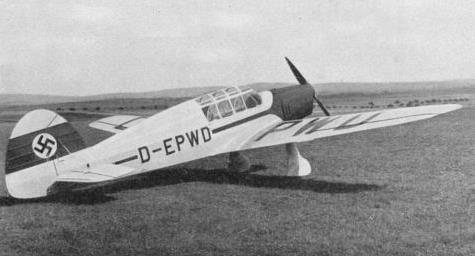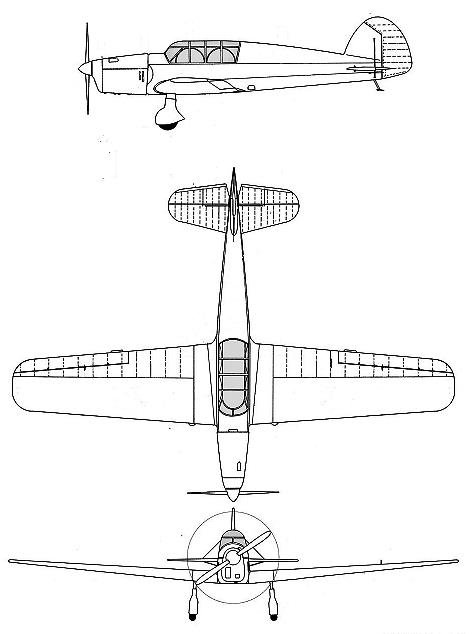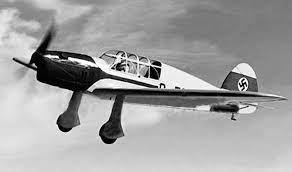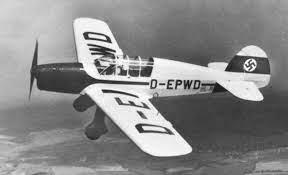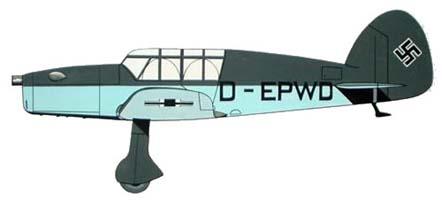| Type |
Two seat sportplane |
| Engine |
1 Hirth HM 506A wih a 2-bladed wooden fixed pitch propeller, 2,2 m dia., disc area 3,8 m2 |
| Dimensions |
Length 7,90 m, height 2,15 m, wingspan 10,7 m, wing area 16,8 m2, aspect ratio 6,74, width folded 2,9 m, height folded 2,95 m |
| Weights |
Empty 595 kg, loaded 875 kg , max. take off weight 875 kg, fuel 163 l |
| Performance |
Max.. speed 236 km/h, cruising speed 223 km/h , range 830 km, endurance 3 h 47 min. , service ceiling 6250 m , climb 5,3 m/sec., time to 1000 m 3 min. 24 sec., to 2000 m 7 min. 30 sec., to 3000 m 12 min. 30 sec, landing speed 72 km/h, g limits + 7,2, fuel consumption 5,35 km/l |

